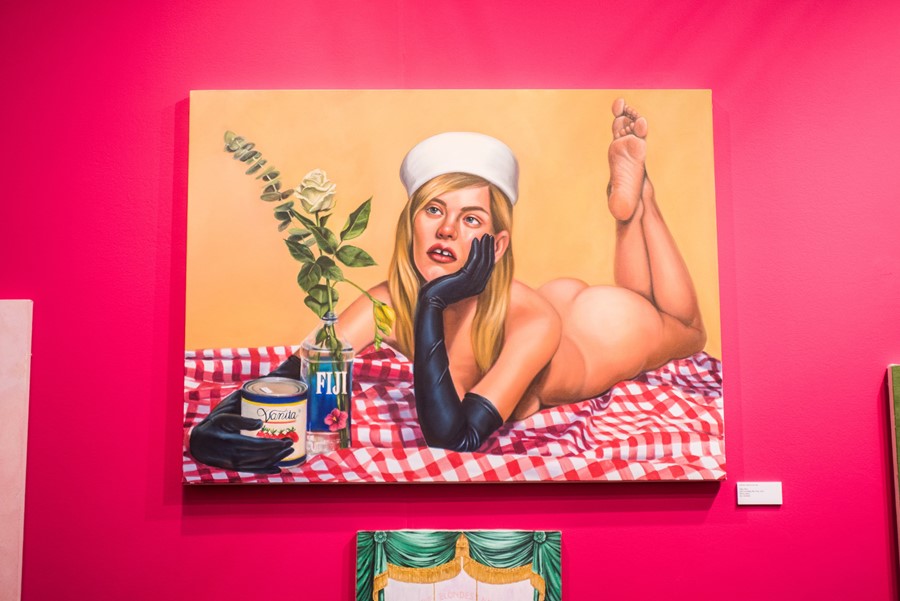Key points from the contemporary art fair putting the Black Lives Matter movement and women in the arts at its forefront
Since stepping in as The Armory Show’s director in 2015, art critic Ben Genocchio has rebooted New York’s biggest yearly contemporary art fair, held in Hell’s Kitchen, Manhattan, on two old shipping piers. The last few editions of the show failed to pack the same punch of its international counterparts such as Art Basel and London’s Frieze, but with 210 galleries from 30 countries exhibiting, and an upfront political agenda, this year’s Armory was one of its most notable yet.
That’s largely thanks to Genocchio and his deputy Nicole Berry putting artists at the centre of the show – involving them in new platforms for emerging talent and bringing in previously unseen works by undiscovered talent from Cuba and South Africa, as well as featuring new work by some of the most exciting young women in art, including American artists Carrie Mae Weems and Deana Lawson. With such change comes hope that the art world may be shifting its white male bias, even a tiny bit. Here, five trends from the show give a hint as to what we can hope to see more of in 2017.
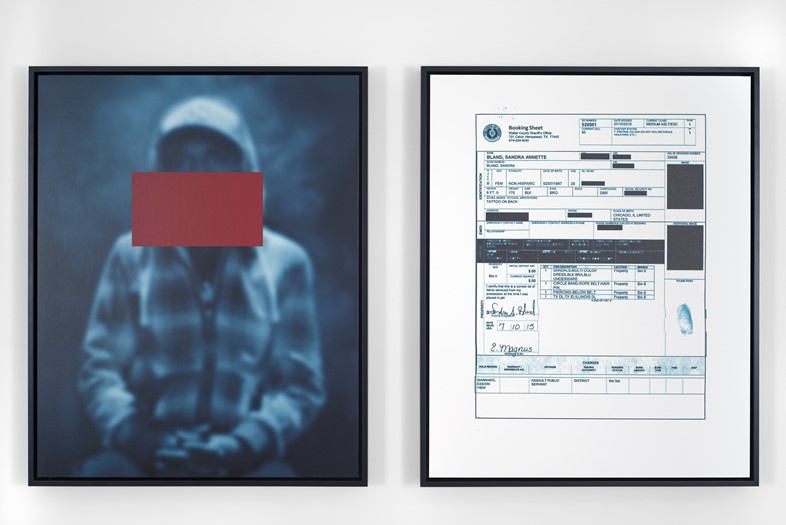
Black Lives Matter
“As a gallery, it’s important to show topical and political works,” says Elisabeth Sann, director of Jack Shainman Gallery, who exhibited Carrie Mae Weems’ All the Boys (Blocked 1), a pigment print featuring an image of murdered Waller County Jail, Texas, inmate Sandra Bland. “This piece was was made around the time Trayvon Martin was killed and unfortunately, it’s still relevant today.” Robert Davis’s pencil on paper drawing Angela Davis of his mother, nodded to the importance of activism in the United States and of the Black Lives Matter protest movements, while at Galerie Laurent Godin, David Kramer’s Pile of Turkey offered an indictment of Donald Trump’s infamous racist slogan ‘Make America Great Again’.
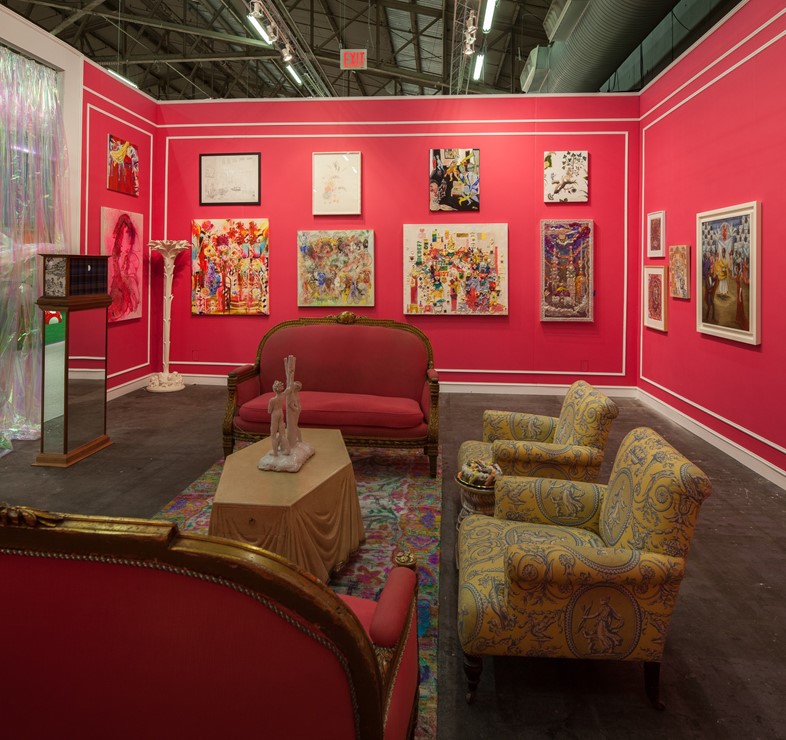
Girls
American art dealer Jeffrey Deitch’s recreation of the feminist Modernist artist Florine Stehttheimer’s studio set the tone for this 2017’s Armory: women in art need far more coverage. Deitch went salon-style and used the deep pink walls of the booth to showcase contemporary paintings by Grace Weaver, Aliza Nisenbaum and Chloe Wise, giving them gravitas by placing them alongside work by modern women masters such as Frances Strain. Across the fair, Deana Lawson’s portrait photography at Rhona Hoffman Gallery, Zanele Muholi’s LGBT rights-centered Ntozabantu VI (Parktown) and Louisa Clement’s Avatar 12 taken from iPhone photos of mannequins, signalled great things to come from young women in art.
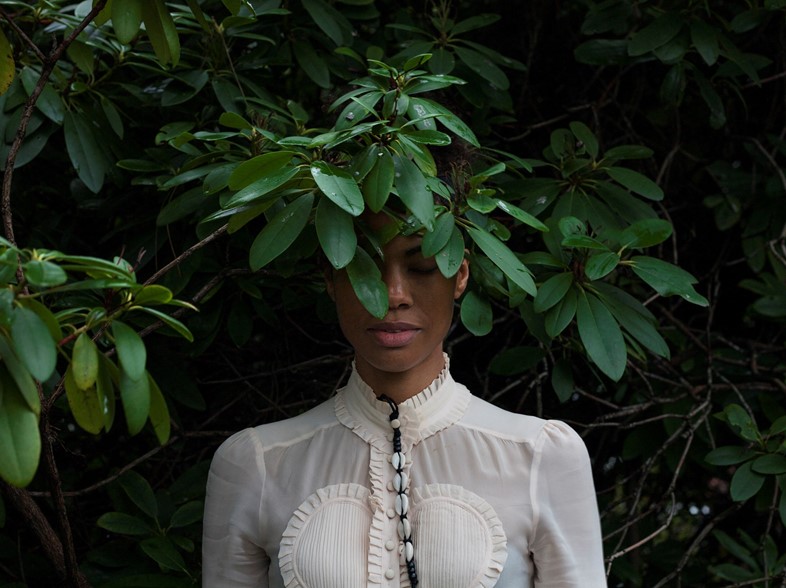
West Africa
German-Ghanian artist Zohra Opoku’s booth takeover at Mariane Ibrahim Gallery, in the Presents section dedicated to emerging artists, was so good that it won the first ever Presents Booth Prize of $10,000. Across the fair, West Africa’s contemporary art scene, which has long been thriving but frustratingly is rarely represented at art fairs, was namechecked. At Jack Shainman Gallery, Nigerian-born artist Toyin Ojih Odutola’s charcoal portrait Nakameguro held pride of place at the booth’s entrance, where just a half metre from the piece veteran West African photographer Malick Sidibé’s Demonstration au studio, Melimono was hung.

The Unknowns
“This year, we wanted to do something about discovery,” Nicole Berry, deputy director of The Armory Show, said of the Focus section, an initiative where a curator selects new or rarely seen works by first-rate contemporary artists who are pretty much unknown. On show were works from small international galleries hailing from Singapore and Japan to Bogotá and Mexico. At Galerie Peter Kilchmann, Mexican artist Teresa Margolles’s booth installation was dedicated to murdered trans sex workers in Mexico, while Amna Asghar’s Just Do It to Believe It looked at obsessions with western standards of beauty. “The idea is that you see something that you wouldn’t see anywhere else,” Berry said.
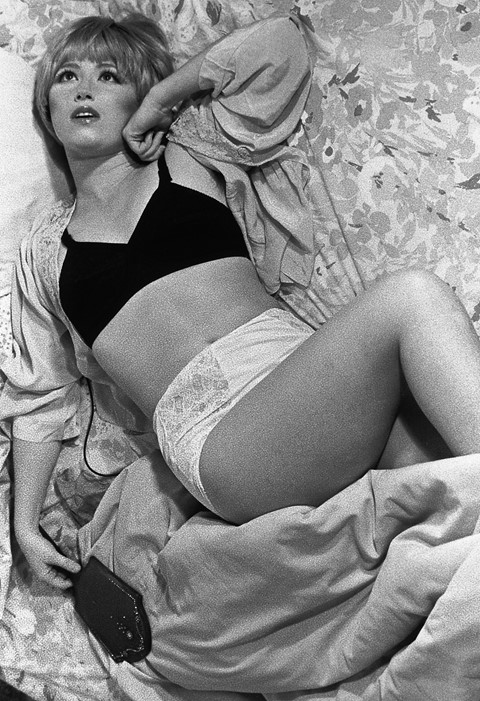
Women Photographers of the 1970s
It may have been small, but co-founder of the first official association of independent photographers in Chile, the AFI, Leonora Vicuna’s Privado, a street scene shot in Cartagena, Colombia, stole the show at Michael Hoppen Gallery’s booth. Across the fair it was a similar story; the whole of Richard Saltoun Gallery was dedicated to rarely seen photography by women in the 1970s including important but often forgotten artists like Helena Almeida and Gina Pane, as well as well-known artists including Francesca Woodman and Eleanor Antin. At Bruce Silverstein Gallery, one of the pioneers of the modern black and white image, Cindy Sherman, was paid tribute to with Untitled Film Stills.
